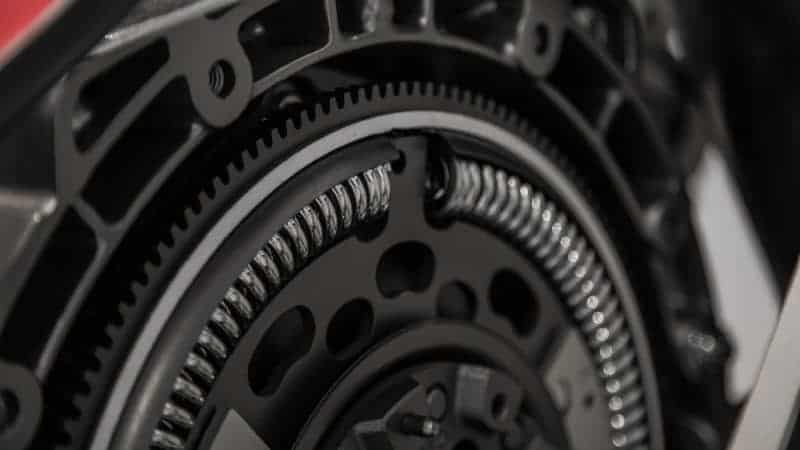Since they don’t make any noise or vibrations, dual mass flywheels seem to be a superior choice than single-piece flywheels. To keep the component efficient and extend its lifespan, nevertheless, a decent driving style is required.
Dual mass flywheel symptoms
There are a few of telltale signs of a dual mass flywheel giving out. Knowing the symptoms of a broken DMF and how to fix it is important since the signals are so noticeable that they interfere with the vehicle’s normal operation.
You should not disregard these typical signs of a failing dual mass flywheel. Inspect your BMW (or any vehicle you own) closely for these signs of a dual mass flywheel and fix the issue promptly.

- Clutch pedal hardness
- Hard gear shifting
- Vibrations and noise from the engine
- Squeaking noise and shakedown
- Hard start
What Causes A Dual Mass Flywheel to Fail?
The primary cause of dual mass flywheel failure is the accumulation of excessive heat due to a malfunctioning or slipping clutch. It is imperative that you promptly repair a worn-out clutch in order to prevent damage to the DMF.
Please replace the worn-out clutch and flywheel when your vehicle has accumulated 80,000 or 90,000 miles. The expense of replacing the DMF when it fails after some time is the main reason behind this.
Changing the DMF can end up costing as much as buying a new clutch. Make the most of your time, effort, and resources.

Conclusion
The signs of a dual mass flywheel are so glaring that they are hard to miss. If you don’t pay attention to the warning signs of the defective item, you could end up hurting other sections of your car.
Nevertheless, please take the time to examine and diagnose your vehicle’s DMF if you have any suspicions that it is malfunctioning.




